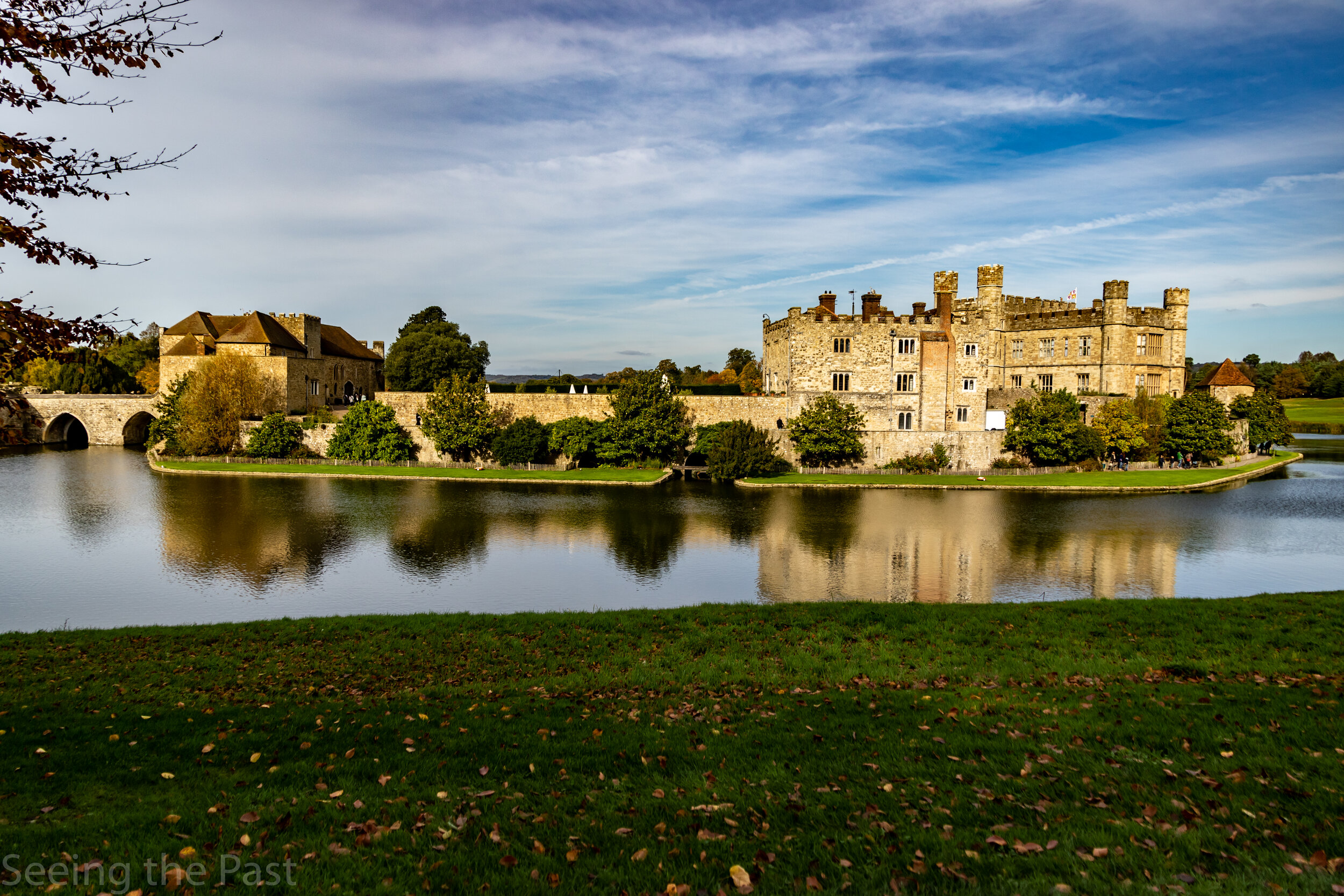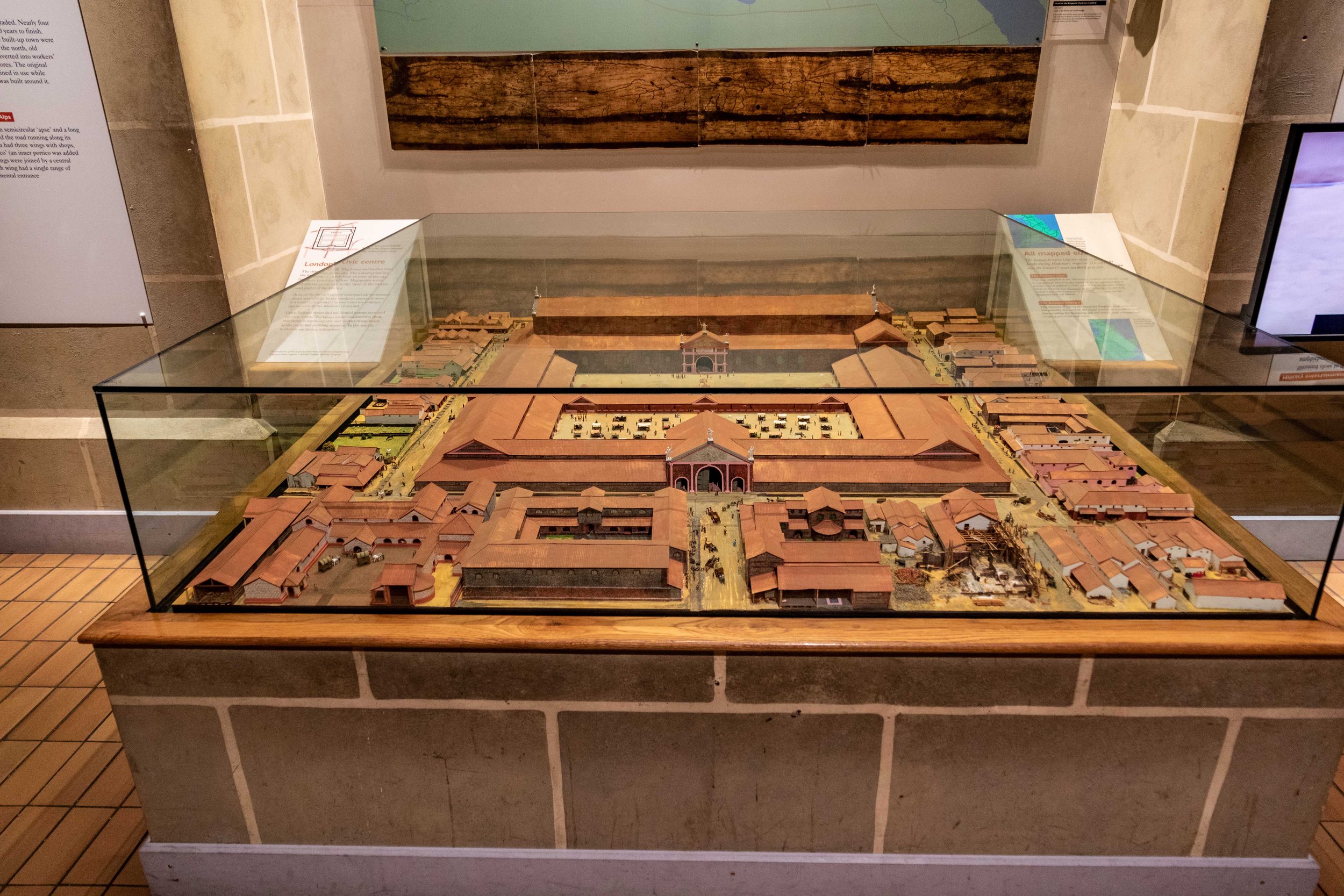Caernarfon Castle: one of the best preserved medieval castles in Britain and a world heritage site.
/Caernarfon Castle: one of the best preserved medieval castles in Britain and a world heritage site. The famous diarist, Dr Samuel Johnson described it as, “an edifice of stupendous majesty and strength”. Walking around the outside of the castle, you will see just how big a castle’s wall can be and how it appears, even today, to be totally impregnable. There is not a castle like it in Britain, with twelve, stunning, polygonal towers. It is described by Malcolm Hislop as Edward’s definitive castle and his most ambitious project when considering its sheer size and its elaborate town walls. There are lots of things to explore inside the castle and so many battlements to walk around and spiral staircases to climb. If you have been to other castles built in the 11th and 12th centuries you will notice how much had transformed in castle design of the 13th century. At Caernarfon there are loads of innovations. Caernarfon cost £27 000 to build which was a vast sum in the 13th century and lets you know what to expect. (By comparison, Harlech Castle, built at the same time cost £10 000, still a lot of money but small in comparison) The Treasury less than this in taxation in a whole year!
Read More







































The Temple Church was the headquarters of the Knights Templar in London. The Templars have a fascinating history, have been linked to the “Holy Grail” and in modern times have featured in Dan Brown’s Da Vinci Code. In the film of book of his book, the key characters visit the temple in their quest to find the grail. In 1215 AD, it was the place that key negotiations for Magna Carta took place in the reign of King John. On stepping inside the Temple Church, eight effigies can be observed , one of which is William Marshall, known as “the greatest ever knight”.